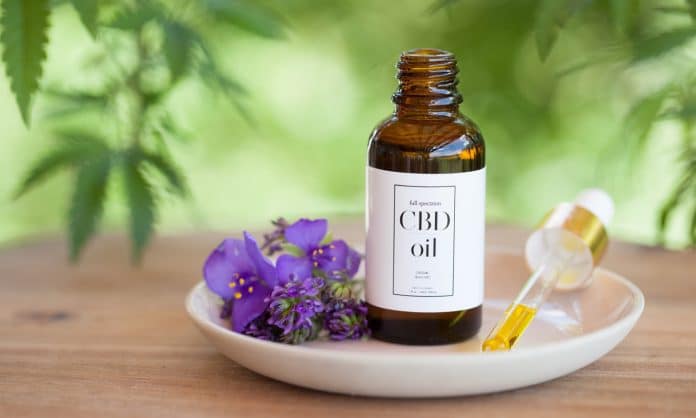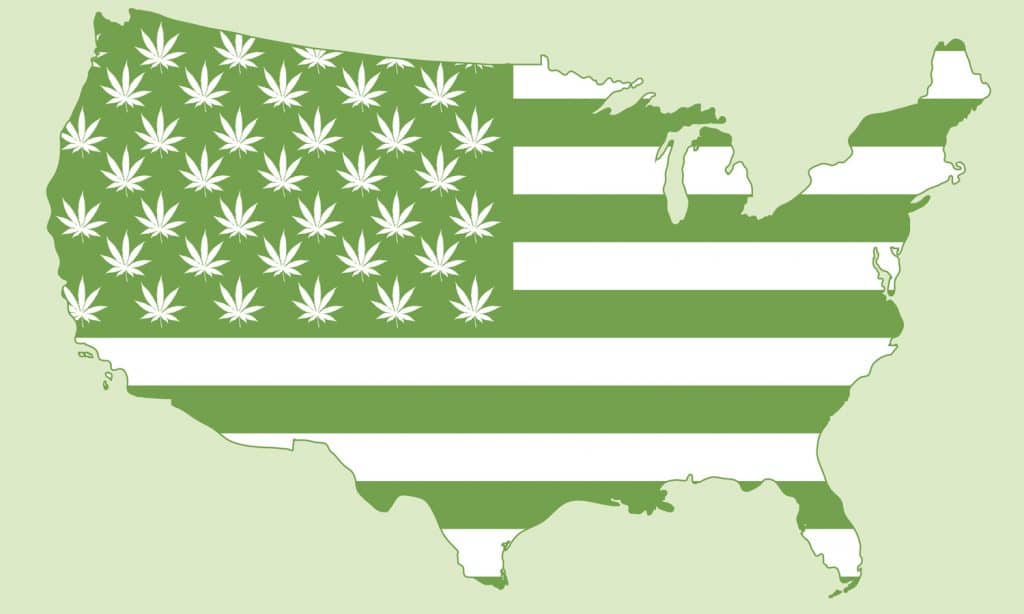In partnership with The Fresh Toast
CBD is a popular yet complex compound. Here’s a breakdown of the basics.
CBD is everywhere, with most people having at least heard of it. Still, the majority of people don’t know how it works, only knowing that it’s part of a trend and that the product provides benefits for the mind and body. These go all over the place, from stress, to pain management, to sportswear, to infused pillow covers and to substances that can be vaped and smoked. It’s a lot.
In order to learn about the reality of CBD and what the compound can do for your body, there’s some hurdles you have to jump over, skipping over the medical jargon and the advertisements that claim that CBD is the world’s most efficient compound and that it’s capable of fixing everything health-related. It’s not all powerful and it’s important to have some information before you use it.
What it does

Photo by Caitlin Riley/Getty Images
RELATED: 5 Of The Most Common CBD Questions
There’s a lot of noise surrounding CBD, with many companies claiming that the product can do a lot of things. While CBD has a lot of untapped potential, the conditions that show some scientific promise include certain types of epilepsy, inflammation and pain. The compound has earned a promising position in beauty and skincare products, but dermatologists aren’t completely sold on the compound due to the lack of supporting scientific research. Still, they claim that it’s safe to use the compound in this form and that if it’s a part of a renowned product its effects will likely be beneficial.
How it works
Our bodies have an endocannabinoid system, containing cannabinoid receptors located in our brain, skin and different organs. They have an influence over a lot of our behaviors, affecting our moods, appetite, stress levels and more. While our bodies produce endocannabinoids naturally, many compounds in cannabis stimulate this system, including CBD. CBD stimulates and blocks certain endocannbinoid responses, having an influence over pain, inflammation and more.
It has a complicated legal status

RELATED: These Are The Conditions CBD Can Treat, According To Science
In 2018, the US Farm Bill was approved, legalizing industrial hemp. CBD products fall under a tricky legal ground; they should be legal provided they contain less than 0.3 percent of THC. If the product contains more THC than that, then it’s considered illegal on a federal level. One issue that makes this topic all the more complex is the fact that CBD is a relatively new industry, with many companies not knowing how to accurately measure the amount of CBD and THC that’s in their products.
Advertising disclosure: We may receive compensation for some of the links in our stories. Thank you for supporting Irvine Weekly and our advertisers.

